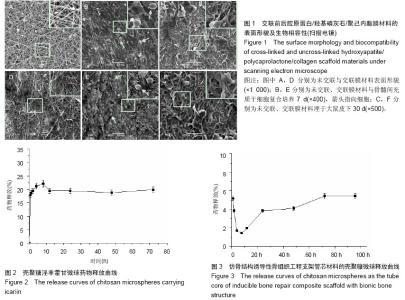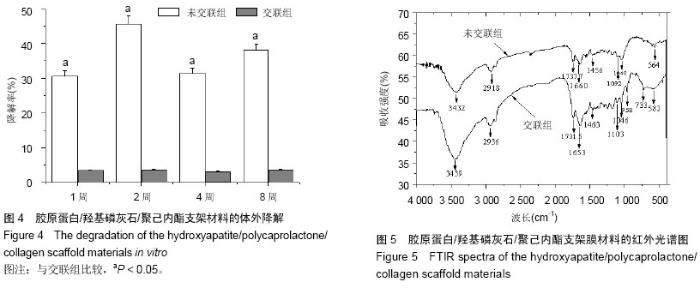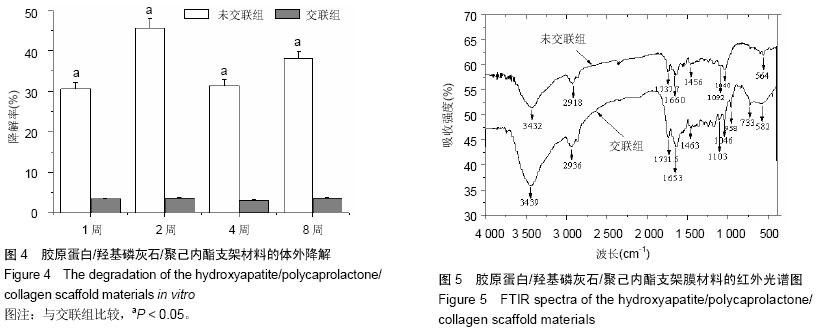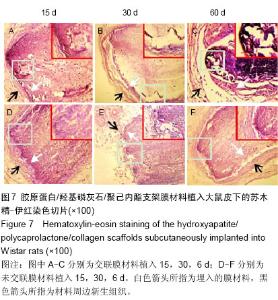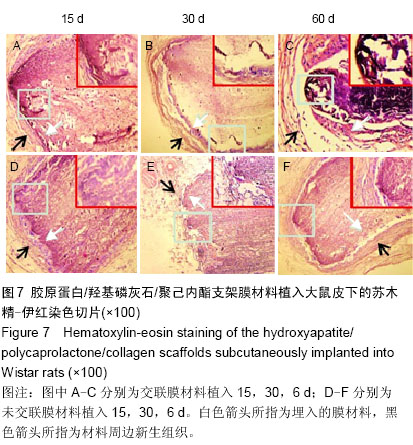| [1] 胡金龙,王静成,颜连启.组织工程学技术治疗骨缺损的最新研究进展[J].中国矫形外科杂志,2013,21(2):150-152.
[2] Dimitriou R,Jones E,McGonagle D,Giannoudis PV. Bone regeneration: current concepts and future directions. BMC Med.2011;9:66.
[3] 黄宗文,黄创新.组织工程化同种异体骨移植修复骨缺损[J].中国骨与关节损伤杂志,2008,23(4):306-308.
[4] 左健,康建敏,潘乐.同种异体骨移植用于骨缺损修复的应用现状[J].中国组织工程研究,2012,16(18):3395-3398.
[5] Arcos D,Izquierdo-Barba I,Vallet-Regi M.Promising trends of bioceramics in the biomaterials field.J Mater Sci Mater Med. 2009;20:447-455.
[6] Bran GM,Stern-Straeter J,Hörmann K,et al. Apoptosis in bone for tissue engineering.Arch Med Res.2008;39(5):467-482.
[7] 徐大朋.骨组织工程支架研究进展[J].中国实用口腔科杂志, 2014,7(3):177-181.
[8] Bose S,Tarafder S.Calcium phosphate ceramic systems in growth factor and drug delivery for bone tissue engineering: A review. Acta Biomater.2012;8 :1401-1421.
[9] Kotobuki N,Ioku K,Kawagoe D,et al.Observation of osteogenic differentiation cascade of living mesenchymal stem cells on transparent hydroxyapatite ceramics. Biomaterials. 2005;26(7):779-785.
[10] 杨安乐,孙康,吴人洁.聚己内酯的合成改性和应用进展[J].高分子通报,2000,6(2):5257.
[11] 吴涛,徐俊昌,南开辉,等.淫羊藿苷促进羊骨髓间充质干细胞的增殖和成骨分化[J].中国组织工程研究与临床康复,2009,13(19): 3725-3729.
[12] Hsieh TP, Sheu SY, Sun JS, et al. Icariin isolated from Epimedium pubescens regulates osteoblasts anabolism through BMP-2, SMAD4, and Cbfa1 expression. Phytomedicine. 2010; 17(6):414-423.
[13] Huang J,Yuan L,Wang X,et al.Icaritin and its glycosides enhance osteoblastic, but suppress osteoclastic, differentiation and activity in vitro.Life Sci.2007;81(10): 832-840.
[14] Fan JJ,Cao LG,Wu T,et al.The dose-effect of icariin on the proliferation and osteogenic differentiation of humanbone mesenchymal stem cells. Molecules.2011;16(12): 10123-10133.
[15] 李恩中.组织工程研究的新策略-组织诱导性生物材料[J].生物医学工程学杂志,2009,26(3):461-464. |
